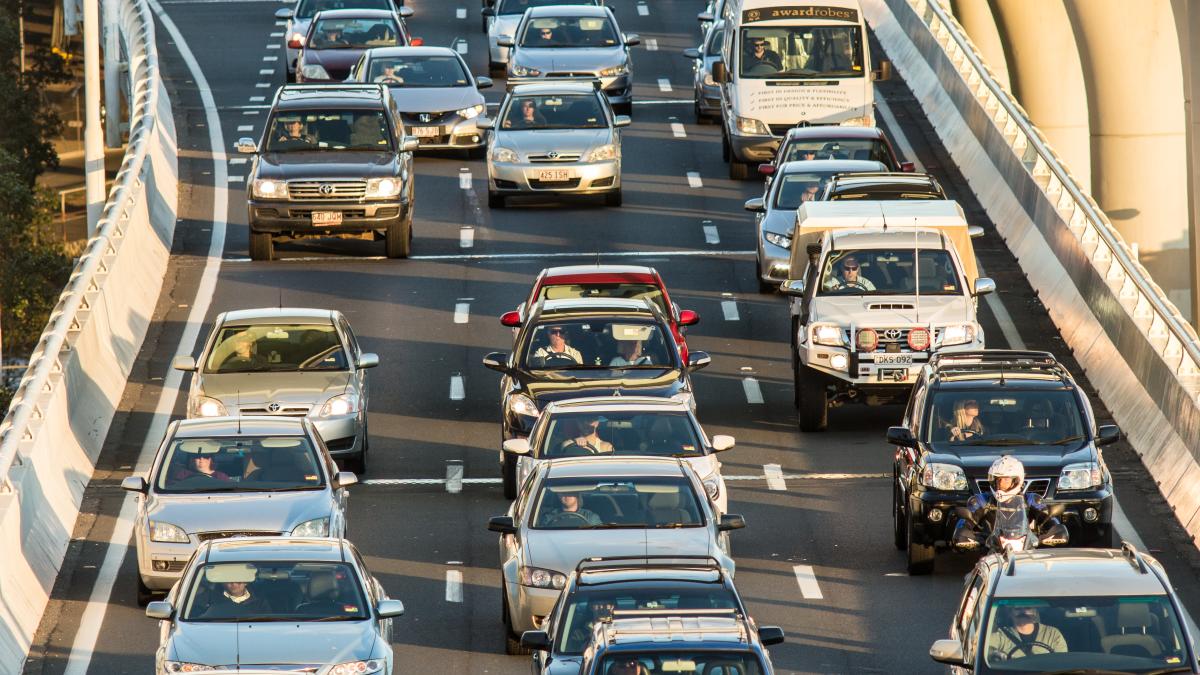
Private car ownership is bad for your wallet, your health and the environment, researchers say, as urges for governments to invest in alternative transport options grow louder.
A trial conducted by Uber saw 58 people give up their private cars for four weeks. The results, released in November, showed that Australians had an “entrenched reliance” on cars that cost them dearly.
It said to counter this, infrastructure and social investments by governments were needed to encourage a shift to alternative transport options such as public transport, cycling and rideshare.
“Uber’s research reveals three main barriers to living car free in Australia: inequitable access to transport alternatives, inconsistent quality, convenience and reliability of alternative transport and the high perceived value and affordability of car usage,” the report said.
“This last point in particular appears to contradict reality, as Uber analysis suggests 2.5 million cars in Australia are under-utilised, and cars driven less than 5,000 km per year may not make financial sense for their owners.”
The research revealed that despite Australia having one of the highest rates of car ownership in the world, cars sit unused 95% of the time.
Private car ownership is also one of the largest costs Australians face. According to the Australian Bureau of Statistics, transport is the second biggest expense households have, costing 16% of their weekly budget, a huge expense made worse during a cost of living crisis.
This sits behind food at 20% and above housing at 13%.
It backs up research by a number of independent organisations such as the Australian Institute of Traffic Planning and Management and the Climate Council Of Australia, who say Australia is “car dominated” and a mode shift is urgently needed if climate targets are to be met.
“Right now, a car-dependent system run on fossil fuels is harming our health, hip pockets and the environment,” a Climate Council report published earlier this year read.
“To make it easier for Australians to increase their use of active and public transport for travel, decision makers need to apply visionary thinking and planning”
“By the end of this decade, we should be aiming to more than halve the number of car trips that Australians make. This can be achieved by significant investment in electrified public transport and well-connected infrastructure for active modes like walking and cycling.”
The report said that solutions for a mode shift were already available, and it was up to governments to take up and implement changes to achieve improved transport outcomes.



